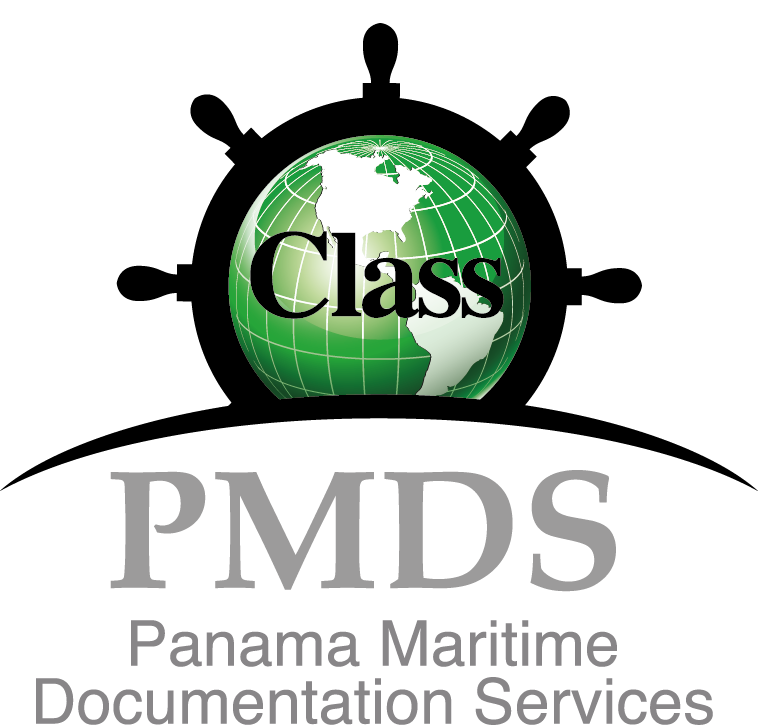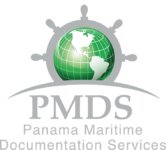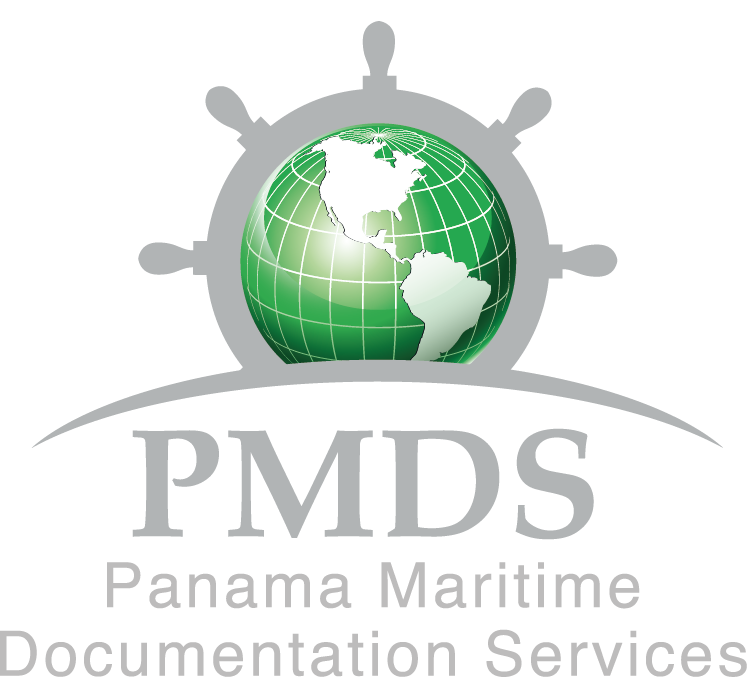
EU Emissions Trading System (ETS)
From 1 January 2024, maritime emissions will be included in the European Union Emissions Trading System (EU ETS).
This means the acquiring and surrender of emission allowances for ships over 5,000 GT that call at a port or anchorage within the European Economic Area (EEA – EU plus Norway and Iceland). This new requirement is part of the European Commission’s “Fit for 55” package for ships, which in 2023 has revised the EU Monitoring Reporting and Verification (MRV) Regulation (Regulation EU 2015/757) and now includes shipping in the Emissions Report Trading Scheme (ETS) Directive (Directive (EU) 2003/87).
The EU ETS works on the ‘cap and trade’ principle. A cap is set on the total amount of certain GHG that can be emitted by the operators included in the ETS. The cap is reduced over time so that total emissions fall. Within the cap, operators buy or receive emissions allowances, which they can trade with one another as needed.
The cost of purchasing emission allowances will increase as demand increases, incentivising a reduction in GHG from ships. After each year, an operator must surrender enough emission allowances to cover its own ships’ emissions otherwise heavy fines are imposed. If an operator reduces their emissions, they can keep the spare allowances to cover future needs or sell them to another operator that is short of allowances.
Deadlines for compliance
Requirements for MRV and ETS compliance start on 1 January 2024. MRV Monitoring Plans need to be updated and assessed by accredited verifiers, ahead of submission to Administering Authorities, by 1 April 2024.
Responsibility for compliance
The responsibility for ETS compliance lies with the ‘shipping company’, which under article 3(w) of Directive (EU 2003/87) means “the shipowner or any other organization or person, such as the manager or the bareboat charterer, that has assumed the responsibility for the operation of the ship from the shipowner”, including ISM compliance.
The responsibly for compliance with MRV can be either the “the shipowner or any other organization or person, such as the manager or the bareboat charterer, which has assumed the responsibility for the operation of the ship from the shipowner”.
Responsibility for MRV and ETS compliance, including payment of ETS emissions allowances, must be contractually delegated to the same responsible entity. Shipowners may choose to maintain this responsibility or delegate it, however in the absence of a contractual mandate for compliance, responsibility will revert to the shipowner. If a shipowner decides to delegate the responsibility, there must be a contractual arrangement in place that can be shared with the relevant verifiers and Administering Authorities upon request.
New requirements of EU MRV and EU ETS
To facilitate the inclusion of maritime into EU ETS, the EU MRV is being updated to:
broaden the data collection requirements to include CO2, CH4 and N2O emissions (aligning with the ETS scope); and,include additional ship types and sizes.
The addition of maritime within EU ETS includes provision for:
- application to cargo, passenger, ice class and ro-pax vessels;
- verification of emissions data at a company level;
- a phased-in surrendering of emission allowances between 2025 and 2027;
- establishment of transhipment ports; and
- establishment of penalties for non-compliance with surrender targets.
What voyages will fall into scope of the EU ETS requirements?
Once a vessel falls into scope of the EU ETS requirements charges will be applied to:
- 50% of emissions on voyages between an EEA (EU plus Norway and Iceland) port and a non-EEA port
- 100% of emissions on voyages between EEA ports
- 100% of emissions from ships at berth in an EEA port.
Where containerships stop to load or unload within 300nm of a EU MS at any transhipment port, those port calls will not be counted as a break in voyage from the last non listed transhipment port. As such 50% of the total voyage emissions from that non listed transhipment port will be liable for surrender under the ETS. An initial list of transhipment ports will be published by the European Commission (EC) by the 31 December 2023 and updated every two years.
How is data reported within EU MRV and EU ETS?
Within the EU MRV, data is required to be collected, verified, and reported on a ship-by-ship basis.
Within the EU ETS, data is required to be collected at the ship level, but then aggregated for verification and reporting at the company level.
Who are emission allowances surrendered to within EU ETS?
Emission allowances should be surrendered to the AA. Each company will have a specific AA based on the following criteria:
- For EU registered companies the AA will be the Member State in which the shipping company is registered.
- For companies not registered in the EU the AA will be the Member State in which the company has made the greatest number of port calls during the last 4 monitoring years.
- For companies not registered in the EU and with no port calls within the last 4 years, the AA will be the Member State where a ship of the shipping company has arrived or started its first voyage in the EU.
A list of AAs will be maintained by the EC. Initial publication of this list will be no later than 1 February 2024 and updates will be every two years thereafter.
Source: LR
For additional information contact us : corporate@panamamaritime.com

 (507) 6780-7942
(507) 6780-7942






